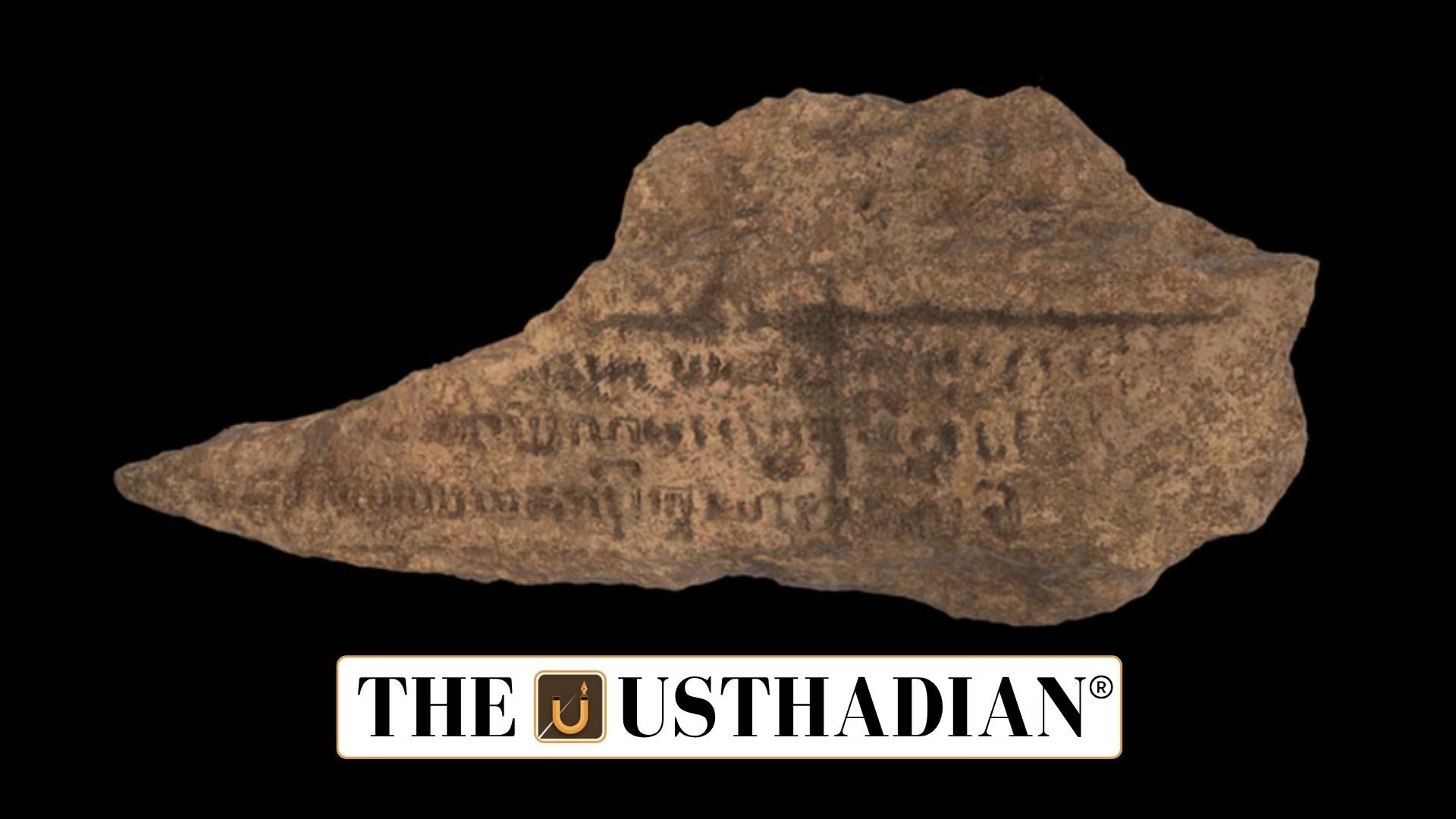Tamil Nadu honours its epigraphic heritage
Legacy in Stone Tamil Nadu Celebrates Epigraphy Scholar S Rajagopal: In a landmark cultural event, the Tamil Nadu Finance Minister released a commemorative book titled Thisaiyayiram to honour the life and work of veteran epigraphy scholar S Rajagopal. The book highlights his decades-long contribution to deciphering and documenting ancient Tamil inscriptions.
Rajagopal, a revered figure in Tamil epigraphy, played a pivotal role in the Tamil Nadu State Department of Archaeology, where he meticulously catalogued thousands of inscriptions from across the state.
About the commemorative work
Thisaiyayiram is more than a tribute; it is a documentation of historical, linguistic, and archaeological achievements. The book curates Rajagopal’s findings and methodologies, providing valuable insight into the world of Tamil-Brahmi, Grantha, and Vatteluttu inscriptions.
It aims to inspire a new generation of scholars by preserving his legacy and encouraging renewed interest in inscriptional studies and temple architecture.
Static GK fact: Tamil-Brahmi script is one of the earliest writing systems used to write the Tamil language, dating back to the 3rd century BCE.
Rajagopal’s contribution to Tamil epigraphy
S Rajagopal served in the State Department of Archaeology for over 30 years. His efforts led to the systematic documentation of thousands of stone inscriptions, primarily found in temples, hero stones, and copper plates.
He collaborated with historians and archaeologists across India and published numerous academic works that remain foundational in South Indian historical research.
Static GK fact: Tamil Nadu has over 70,000 known inscriptions, making it the Indian state with the highest number of ancient inscriptions.
Why epigraphy matters today
Epigraphy is not just about reading old stones. It provides evidence of ancient governance, donations to temples, land grants, and even social customs. Rajagopal’s work illuminated the administrative and cultural life of ancient Tamil society.
Inscriptions also help understand language evolution, political boundaries, and the influence of dynasties like the Cholas, Pandyas, and Pallavas.
Static GK Tip: The Chola dynasty was known for extensive temple construction, especially during the reign of Rajaraja Chola I, who built the Brihadeeswarar Temple in Thanjavur.
State’s continued efforts in cultural preservation
Tamil Nadu has been proactive in preserving its archaeological and inscriptional wealth. The release of Thisaiyayiram aligns with the government’s ongoing initiatives to digitize and translate ancient Tamil texts and inscriptions.
Several educational institutions and cultural bodies are now promoting courses and public lectures on epigraphy, making it accessible beyond academic circles.
Static Usthadian Current Affairs Table
Legacy in Stone Tamil Nadu Celebrates Epigraphy Scholar S Rajagopal:
| Topic | Detail |
| Name of commemorative book | Thisaiyayiram |
| Released by | Tamil Nadu Finance Minister |
| Honouree | S Rajagopal |
| Area of contribution | Epigraphy and Archaeology |
| Department served | State Department of Archaeology, Tamil Nadu |
| Type of work documented | Tamil inscriptions from temples, stones, and copper plates |
| Important scripts covered | Tamil-Brahmi, Vatteluttu, Grantha |
| Tamil Nadu’s status in epigraphy | State with the most inscriptions in India |
| Key dynasties mentioned | Cholas, Pandyas, Pallavas |
| Purpose of book | Honouring legacy, promoting epigraphy studies |








